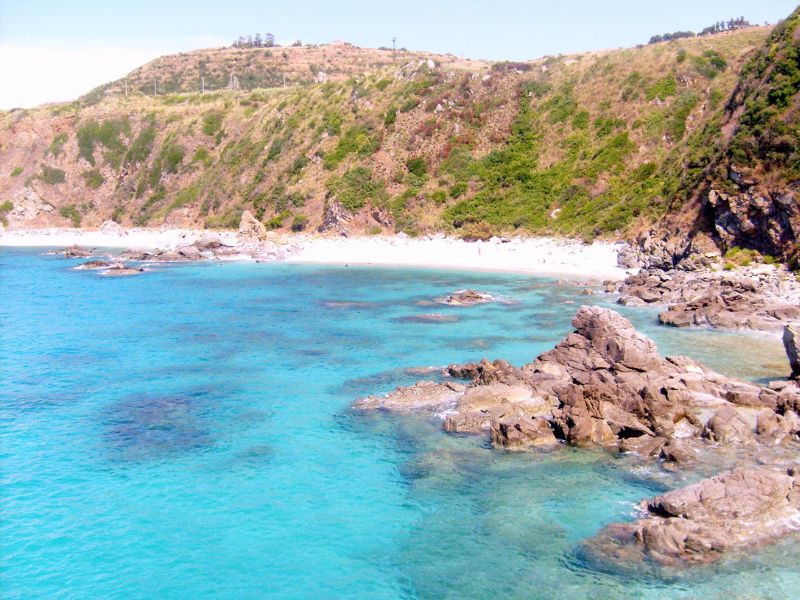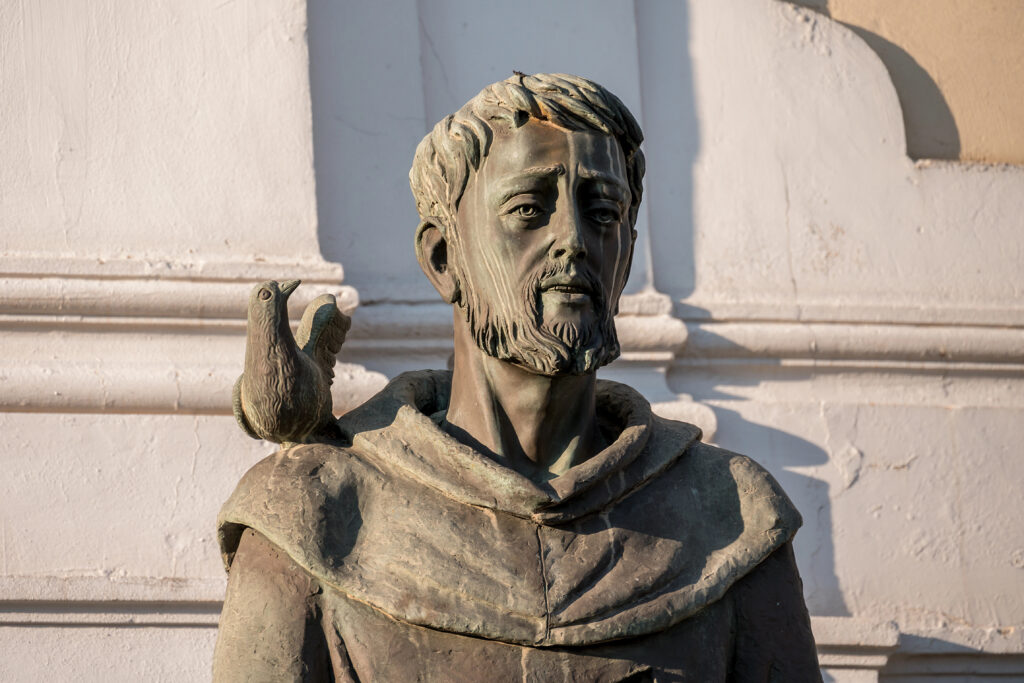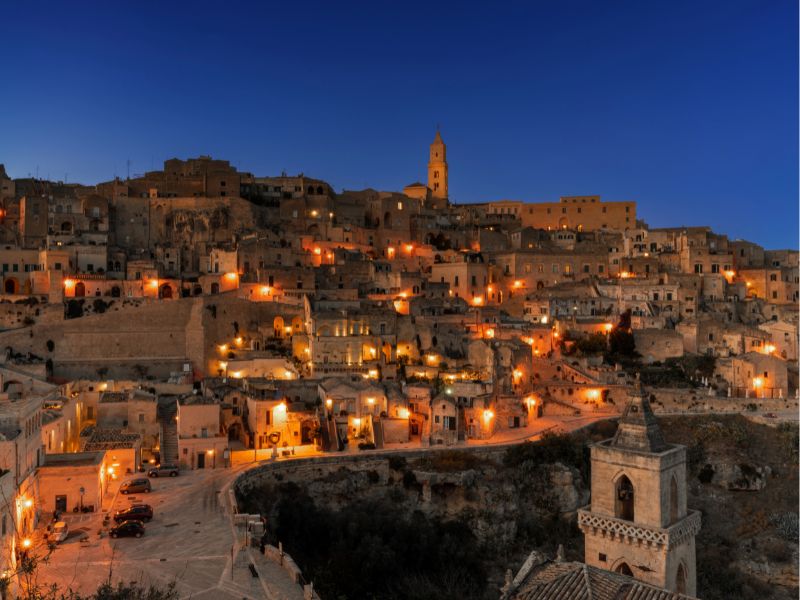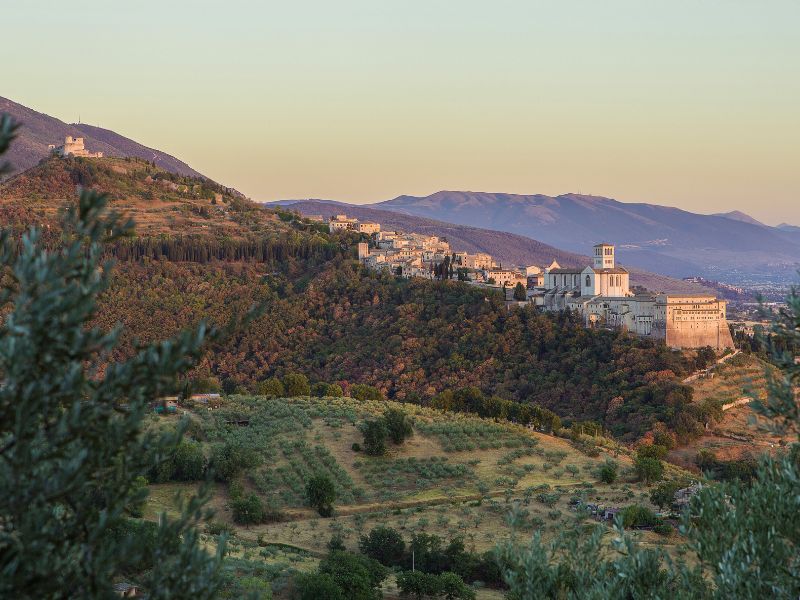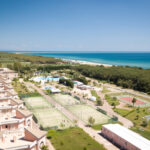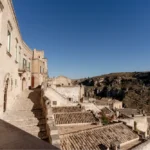Zambrone, with its white beaches and crystal clear sea, is a pearl of Italian coastal tourism, renowned among snorkelers for its fascinating seabed.
However, there is much more to discover than its natural wonders. Punta Zambrone, with its wild and uncontaminated landscape, hides a historical heritage of inestimable value, revealed thanks to a series of archaeological excavations carried out between 2011 and 2012.
These researches have revealed ancient secrets that shed new light on Italy’s most ancient history, making this place a point of interest not only for tourists, but also for archeology scholars.
The Excavation Campaign
The excavation project at Punta Zambrone began in 2011, involving an international team of archaeologists. Among the leading scholars were Marco Pacciarelli of the University of Naples Federico II and Reinhard Jung of the University of Salzburg. This study followed previous research conducted in the 1990s, opening the way to new discoveries and insights. The objective was to reconstruct the links between the Bronze Age civilizations, in particular between the Mycenaean and Minoan worlds, and the ancient inhabitants of Calabria.
The Archaeological Discoveries
During the excavation campaigns, evidence of a Bronze Age settlement dating from the 17th to the 12th century BC. This site showed clear signs of contact with the eastern Mediterranean, as evidenced by the Mycenaean pottery fragments found. In addition, in 1994, it was already established the presence of a defensive ditch dug in the rock. In the 2000s, investigations focused on the period of the 13th and 12th centuries BC, corresponding to the collapse of the Mycenaean kingdom, revealing a detailed picture of the cultural and commercial interactions of the time.
The Statue of Ivory
Among the most extraordinary finds found in Punta Zambrone there is an unique ivory statuette . This small sculpture has proved to be the oldest naturalistic representation of the human figure found in Italy. Made of elephant ivory, probably from Asia or Africa, the statuette depicts a man standing with his right leg slightly advanced and his hands on his hips. Despite the lack of head, arms and feet, it is an exceptional example of Minoan art, dating back to the Second Palaces (17th-15th century BC).
A Heritage to Discover
The statuette and other finds, initially exhibited at the Archaeological Museum of Vibo Valentia, are now kept in Reggio Calabria. These discoveries not only enrich our knowledge of the ancient Mediterranean civilizations, but make Punta Zambrone a must-see destination for history and archaeology enthusiasts.
BV Kalafiorita Resort and Borgo del Principe Resort are the perfect accommodations if you want to explore this area and all its natural and archaeological wonders to give your holiday an additional cultural value, as well as fun and relaxation!
Fonte Immagine: Mario Penner, CC BY 3.0 https://creativecommons.org/licenses/by/3.0, via Wikimedia Commons



